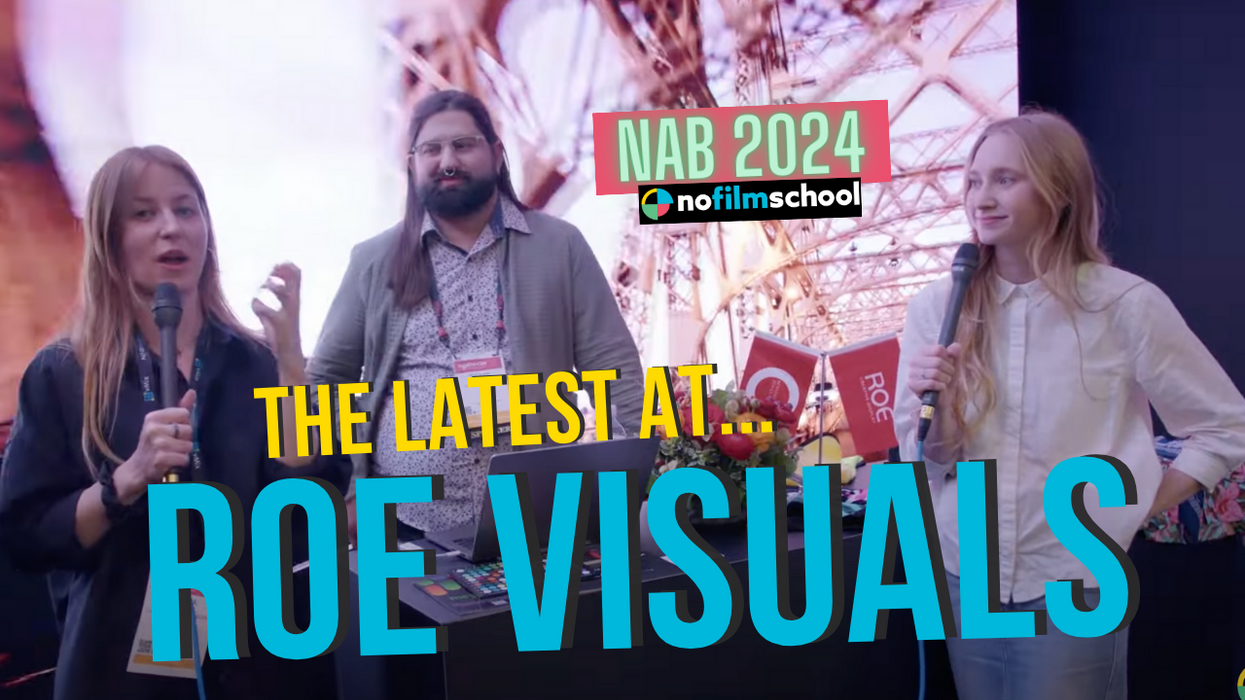Watch Ian & Cooper's Cinemagraph-Inspired RED EPIC Monochrome-Shot Music Video 'Back To Me'

With the initial brief from video commissioner Dilly Gent referencing Chris Marker's 1962 narrative through a series stills La Jeteé, Ian and Cooper quickly came to the realization that they could satisfy the brief, but with the added visual interest of cinemagraphs. Whilst the concept arrived quickly, coming up with a compelling story based around the 'Back to Me' lyric proved slightly more challenging. Avoiding the obvious cul-de-sac of separated lovers, the pair dreamt up the image of the witchdoctor resurrection scene and built out the narrative from there. They then dived into a mix of education and production -- shooting on the RED EPIC Monochrome which we recently saw premiered by David Fincher on his Justin Timberlake music video:
After we booked the job, we did a ton of research on cinemagraphs - what effects were possible, what kind of movement was most striking, etc. We shot listed everything and specifically mapped out what parts of the frame would be in motion so that we could shoot it correctly. We knew it'd be a challenge to communicate story using only still images without the help of a narrator, so we also made a really rough animatic of the whole video so we could test how it paced to the music and came together narratively.
The shoot itself felt like part photoshoot and part cinema. In each set-up, we'd have our actors pose, holding still in a certain postion while we shot about 10 seconds of footage. Different shots required different post techniques, but in general the cinemagraphs came together in After Effects by layering a still frame over the moving footage and through masking, rotoscoping and stabilization. Neither of us had actually used After Effects before this project, so the post process involved us furiously absorbing online tutorials, freaking out about the schedule, and Cooper sending me cuts from Switzerland (he had planned a climbing trip there long before we got the job), but it somehow all came together on time.
If you've ever wondered just how you get a snake to perform on camera, here are a couple behind the scenes stills Cooper sent over of them using a frozen mouse to lure the snake toward the lens:
Can you see yourself using cinemagraphs to tell a story? Are there other examples of the technique which are worth sharing?
Link: Ian and Cooper -- Vimeo














